Exploring Types of Roof Drains for Effective Water Management
Choosing the right type of roof drain is key to effective water management. This article explains the main types of roof drains, their uses, and how to pick the best one for your roof.
Key Takeaways
-
Effective roof drainage systems are crucial for preventing water accumulation, particularly on flat roofs, to avoid structural damage and health hazards.
-
The primary types of roof drains include interior, scupper, siphonic, and overflow drains, each tailored for specific applications and environmental conditions.
-
Regular maintenance and inspections of roof drainage systems are essential for longevity and functionality, helping to prevent costly repairs and ensuring optimal performance.
Understanding Roof Drainage Systems
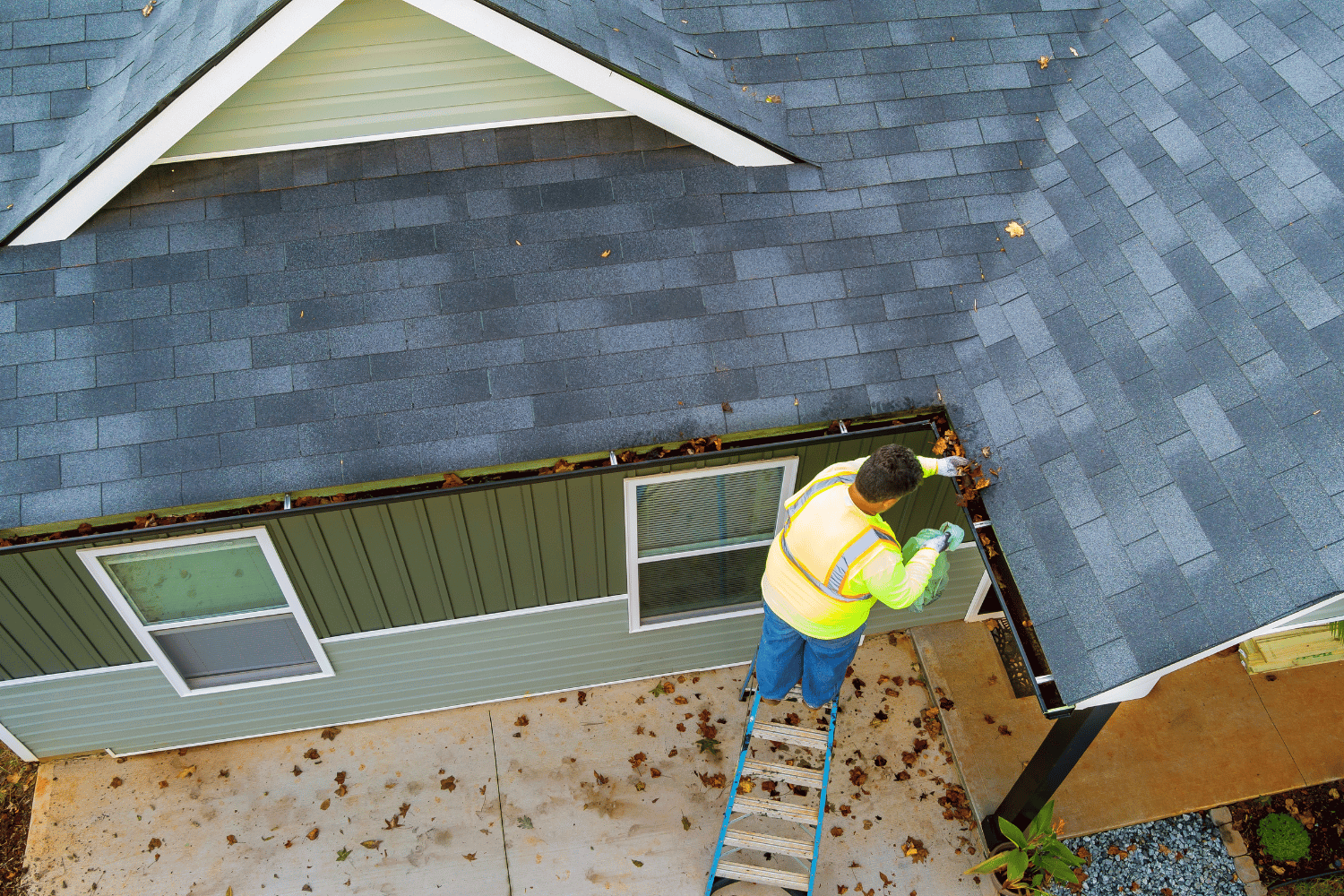
Roof drainage systems are crucial for preventing water accumulation that can lead to severe structural damage. They efficiently divert water off the roof, safeguarding the building’s integrity and extending its lifespan. This is especially vital for flat roofs, which are more susceptible to water damage due to their minimal pitch. Without a proper drainage system, flat roofs can suffer from ponding water, which can overload the structure and cause collapse. A commercial roof drainage system is essential to ensure effective water management, and a flat roof drainage system can further enhance this process. Additionally, the roof’s drainage system plays a key role in maintaining the overall health of the building.
Proper water management prevents structural issues and health hazards like mold. A well-designed roof drainage system mitigates these risks by ensuring water flows smoothly off the roof, preventing leaks and maintaining the building’s structural integrity.
Primary Types of Roof Drains
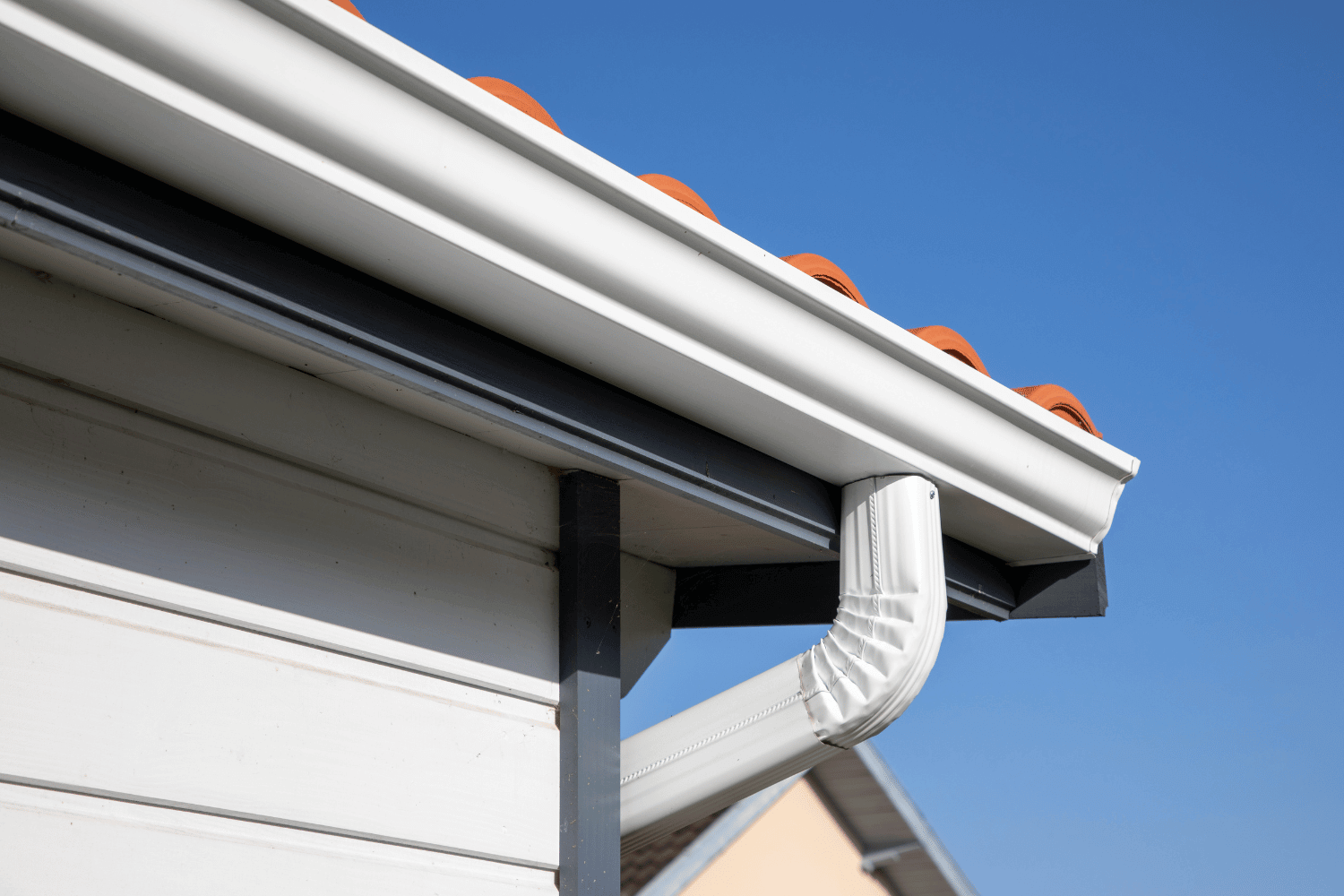
Choosing the right type of roof drain is key to effective water management. The primary types of roof drains for flat roofs are interior drains and scupper drains. Additionally, siphonic roof drains and overflow drains are also commonly used. Each type offers unique benefits and is suited for different applications, ensuring that water is efficiently directed away from the roof’s surface.
Interior Drains
Interior drains, also known as internal drains, are designed to collect water through hidden pipes inside the building. These drains are typically placed at the center of the roof’s dip to maximize water collection. When the roof is properly sloped, water naturally flows towards these drainage points, ensuring efficient removal. Interior drains include components like high-capacity drains, dual-outlet drains, and sump pans, which work together to direct water away from the roof.
One of the significant advantages of interior drains is their aesthetic appeal. Being out of sight helps them prevent standing water on the roof. This feature also ensures a clean appearance. However, regular cleaning is essential to prevent clogs and ensure the drain system functions correctly.
Issues with internal drains can be more challenging to fix, often requiring professional help to address any internal drain problems effectively.
Scupper Drains
Scupper drains are strategically placed near the edges of flat roofs to facilitate water drainage and prevent ponding. These drains allow rainwater to flow off the roof’s edges, channeling it away from the building. Scupper drains are particularly effective in warmer climates but can be less reliable in colder regions where they might freeze.
Maintaining scupper drains regularly prevents blockages. Clearing debris like leaves and branches ensures smooth water flow and prevents potential structural damage.
Despite their simplicity, scupper drains play a vital role in maintaining the roof’s drainage efficiency.
Siphonic Roof Drains
Siphonic roof drains utilize negative pressure to rapidly remove large volumes of water from the roof. These drain systems are designed for extensive roof areas and can achieve drainage speeds up to 100 times faster than traditional methods. The piping system runs horizontally across the top of the building, tailored to handle specific rainfall volumes and prevent pipe bursts.
Siphonic roof drains work best in large commercial buildings. They’re especially important for places like airports and malls, where quick water removal is essential. They allow for fewer drain outlets compared to traditional systems, making them more efficient in certain commercial building designs.
Consistent upkeep ensures optimal operation and prevents issues.
Overflow Drains
Overflow drains serve as a backup system to manage excess water during heavy rain, preventing potential flooding. These drains are essential for minimizing the risk of water damage during extreme weather conditions. Overflow drains are typically paired with primary drainage systems to handle unexpected water surges.
Incorporating overflow drains in your roof’s drainage system ensures that even in the heaviest downpours, your building remains protected. Their role in safeguarding against water damage cannot be overstated, especially in regions prone to extreme weather.
Materials Used for Roof Drains
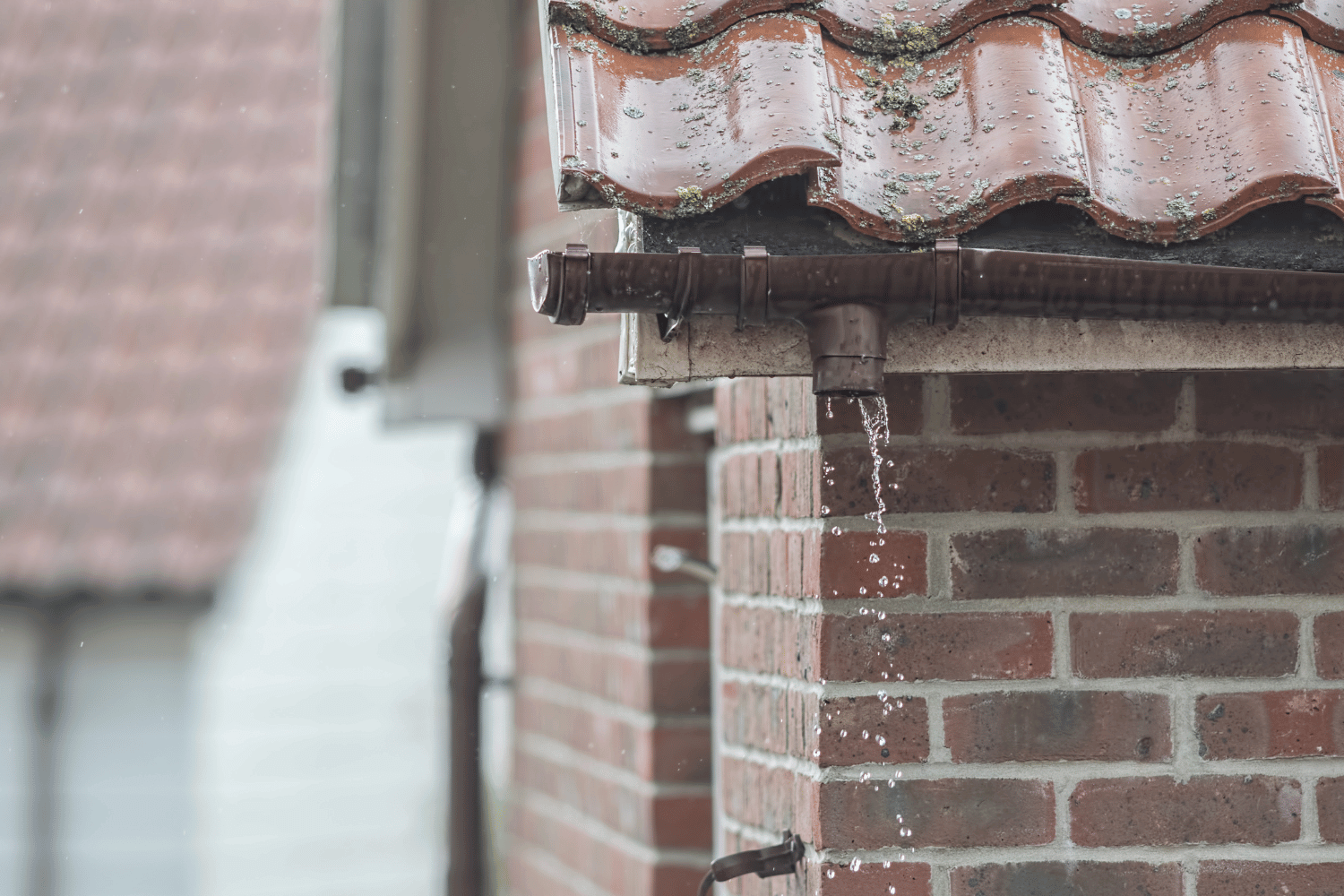
The materials used for roof drains significantly impact their performance and longevity. Common materials include cast iron, stainless steel, and PVC, each offering unique advantages and disadvantages depending on environmental conditions.
Knowing these materials aids in choosing the right roof drain, ensuring durability and effective drainage.
Cast Iron
Cast iron is a robust and durable material commonly used for roof drains. Its strength makes it ideal for managing heavy rainfall, preventing clogs and ensuring efficient drainage. Cast iron drains are particularly suited for regions experiencing extreme weather, where durability is paramount.
However, the heavy nature of cast iron can make installation more labor-intensive. Despite this, its longevity and reliability in harsh weather conditions make it a preferred choice for many roofing professionals.
Stainless Steel
Stainless steel roof drains are known for their corrosion resistance, low maintenance, and durability in harsh conditions. These drains offer extended lifespan and reliability, making them an excellent choice for areas prone to severe weather. Building owners benefit from stainless steel drains due to their low maintenance needs and long-term performance.
Additionally, stainless steel’s sleek appearance can be an aesthetic advantage, blending seamlessly with other metal structures on the roof.
PVC
PVC roof drains offer several advantages. They are lightweight, cost-effective, and simple to install. Their affordability makes them a popular choice for various building types, providing efficient drainage without breaking the bank. PVC drains also help prevent debris buildup, ensuring smooth water flow and reducing maintenance requirements.
While PVC may not be as durable as metal options, its ease of installation and efficiency in preventing clogs make it a practical choice for many applications.
Comparing Roof Drains and Gutters
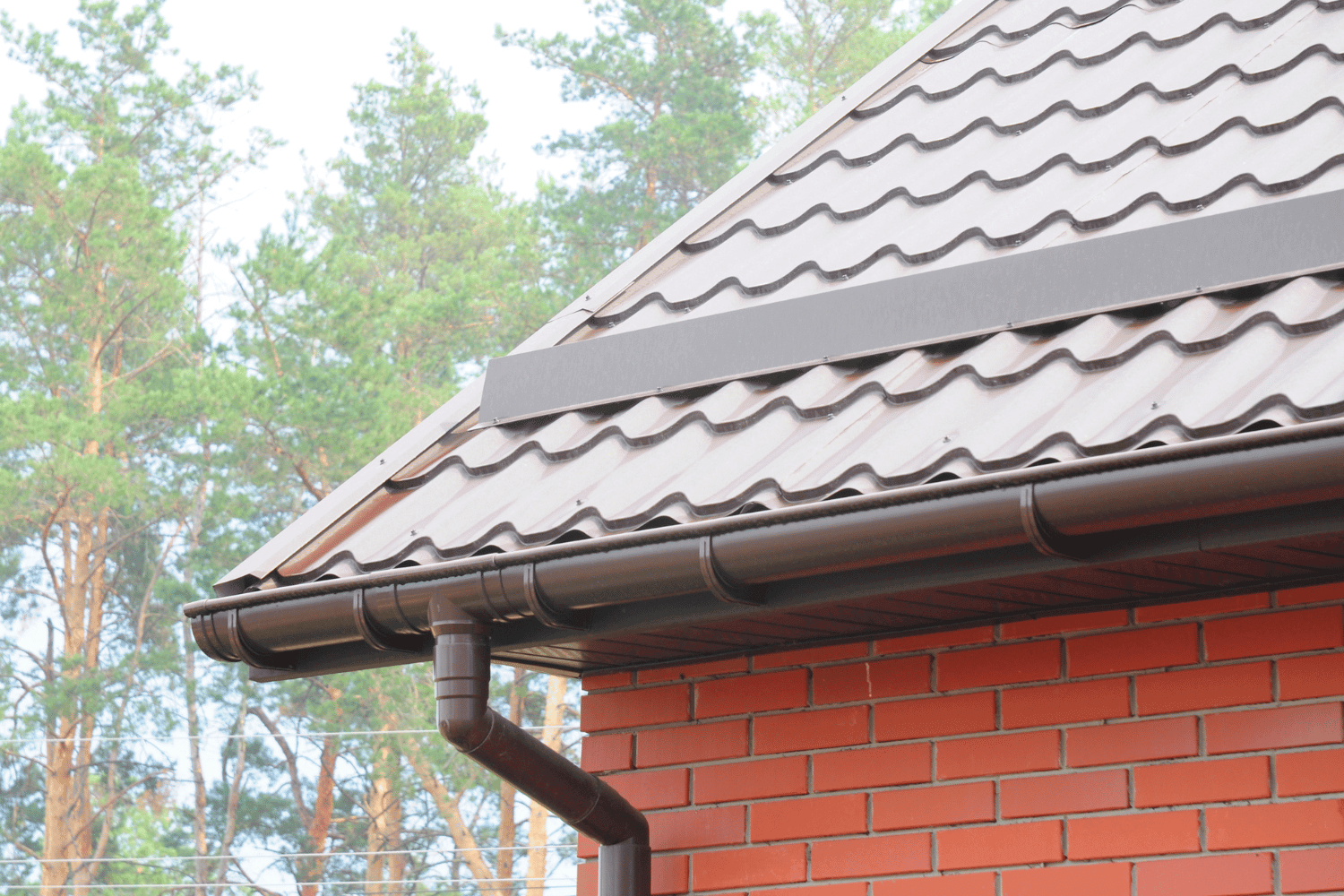
Roof drains are specifically designed for flat roofs, collecting and directing water into internal pipes. In contrast, gutters are used to channel rainwater from sloped roofs away from the building into downspouts. While both systems aim to prevent water accumulation, their applications differ based on roof design.
Flat roofs often require sophisticated drainage systems like interior drains or scuppers to manage water flow effectively, whereas a gutter system is more suited for low sloped roofs. Regular maintenance is essential for both systems to ensure proper water flow and prevent blockages in commercial roofs.
Maintaining Your Roof Drainage System
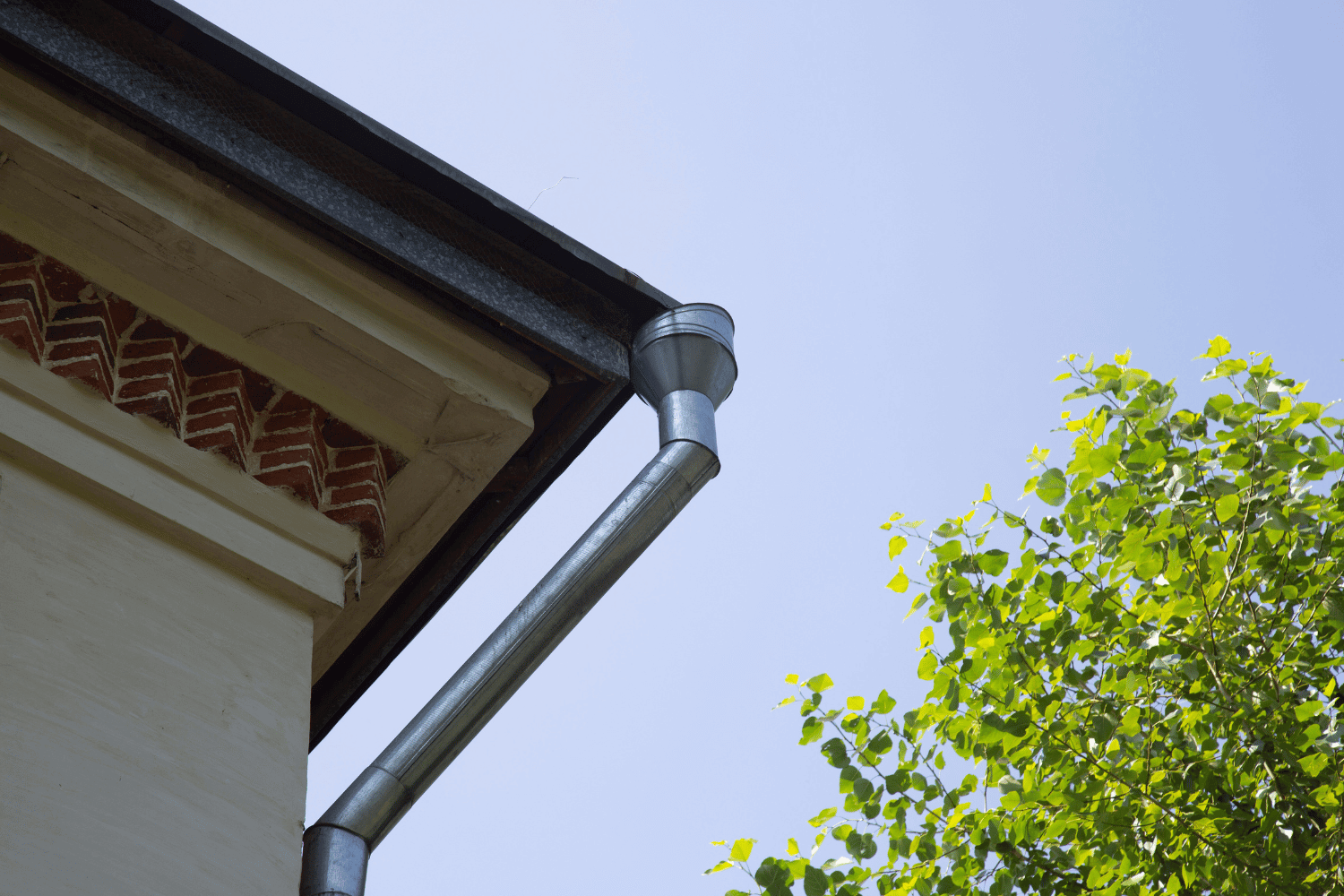
Maintaining roof drainage systems, especially for flat roofs, is crucial for their effectiveness. Regular upkeep prevents minor leaks from escalating, extends the lifespan of roofing materials, and saves on repair costs.
Regular Inspections
Inspections help identify and address potential issues early, preventing significant repair costs. It is recommended to conduct inspections and cleaning at least annually or semiannually, ideally in spring and fall, especially after severe weather.
If there is a history of drainage clogs or problems, frequent inspections and necessary cleanings should be performed to avoid overflows and structural damage.
Clearing Debris
Removing debris maintains proper water flow and prevents accumulation in roof drains and scuppers. A clogged interior drain can cause serious damage. It’s important to address the issue promptly. Both roof drains and gutters need consistent maintenance to work effectively.
Keeping scupper drains clear of leaves and branches ensures smooth water flow and prevents potential structural damage. Trimming trees or landscaping features near the roof can help with maintenance.
Professional Assistance
Professionals are essential for complex maintenance tasks to prevent further issues. Roofing professionals have the expertise to ensure your drainage system is functioning optimally, preventing costly repairs in the long run.
Choosing the Right Roof Drain for Your Building
When selecting a roof drain, it’s essential to consider the building type, compliance with local regulations, and environmental conditions to ensure effective water management. For areas with heavy rainfall, siphonic drains are preferred due to their efficiency in handling large volumes of water. Conversely, internal drains can be ideal for cold climates to prevent ice buildup.
Various roof drains are designed for specific drainage needs, such as using at least two interior drains for every 10,000 square feet of flat roof to prevent water accumulation. Consulting with roofing professionals can help you choose the right roof drain for your building, ensuring durability and safety.
Summary
Choosing the right roof drain and maintaining it properly is crucial for the longevity and safety of your building. Whether you opt for interior drains, scupper drains, siphonic roof drains, or overflow drains, understanding their functions and benefits will help you make an informed decision. Regular maintenance and professional assistance are key to ensuring your roof drainage system performs optimally, protecting your investment for years to come.
Frequently Asked Questions
Why is a roof drainage system important?
A roof drainage system is crucial because it prevents water accumulation, which can cause structural damage and promote health hazards such as mold. Implementing an effective drainage solution is essential for maintaining the integrity of a building.
What are the main types of roof drains for flat roofs?
The main types of roof drains for flat roofs are interior drains, scupper drains, siphonic roof drains, and overflow drains. Each type serves a specific purpose in effectively managing water runoff.
How often should I inspect my roof drainage system?
You should inspect your roof drainage system at least annually or semiannually, preferably in spring and fall, as well as after severe weather events. This regular maintenance helps ensure optimal performance and prevents potential issues.
What materials are commonly used for roof drains?
Common materials for roof drains are cast iron, stainless steel, and PVC, each offering distinct advantages depending on specific needs and conditions.
Can I handle roof drain maintenance myself?
You can handle basic tasks like clearing debris yourself, but it’s advisable to hire a professional for complex maintenance to avoid potential problems.
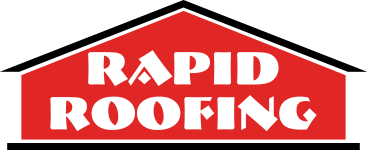
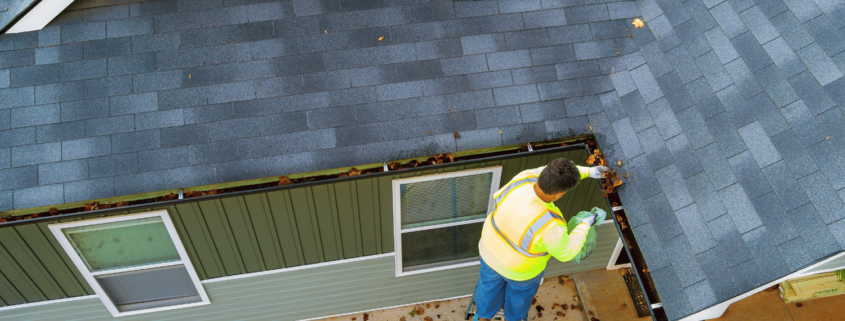
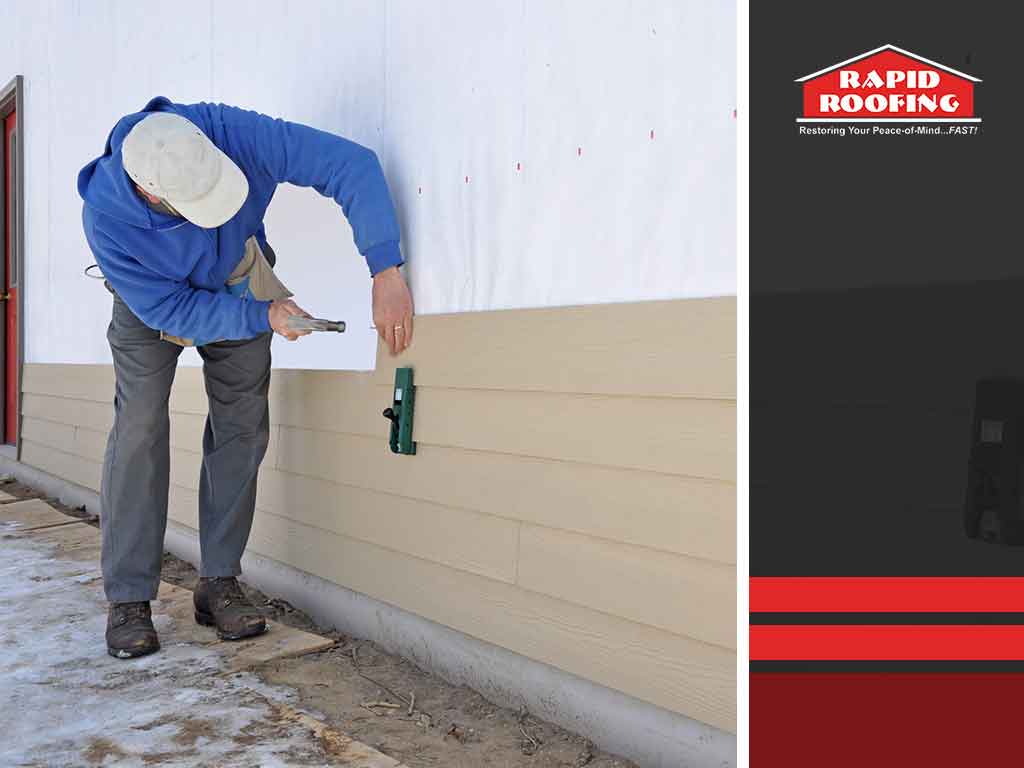
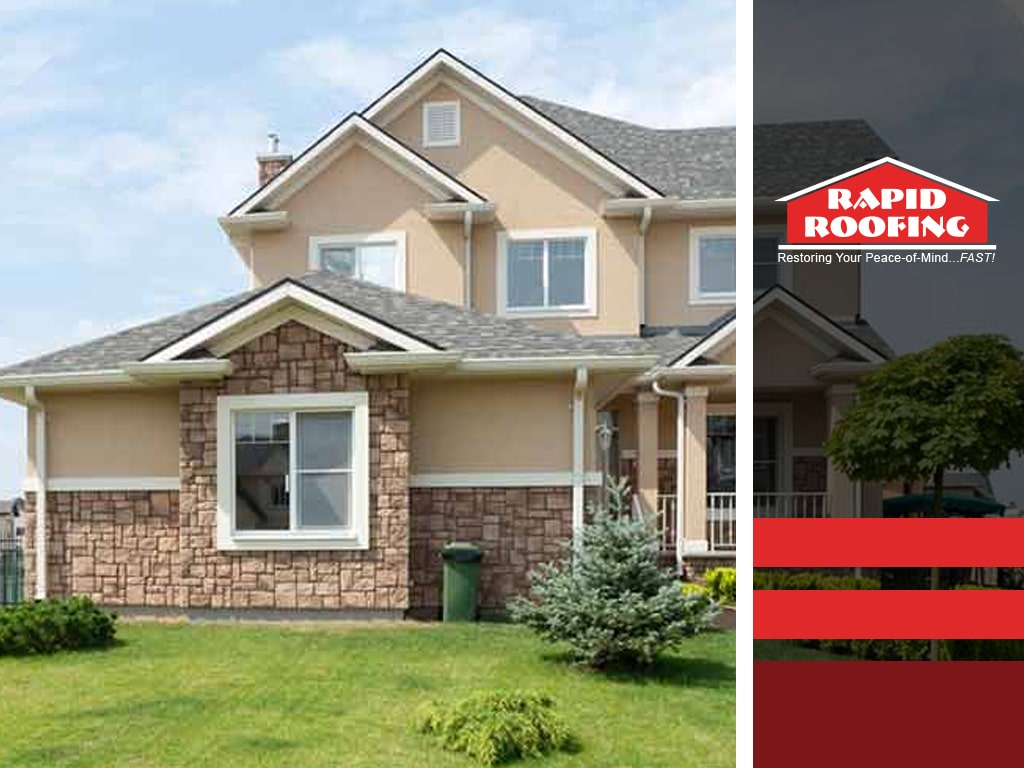
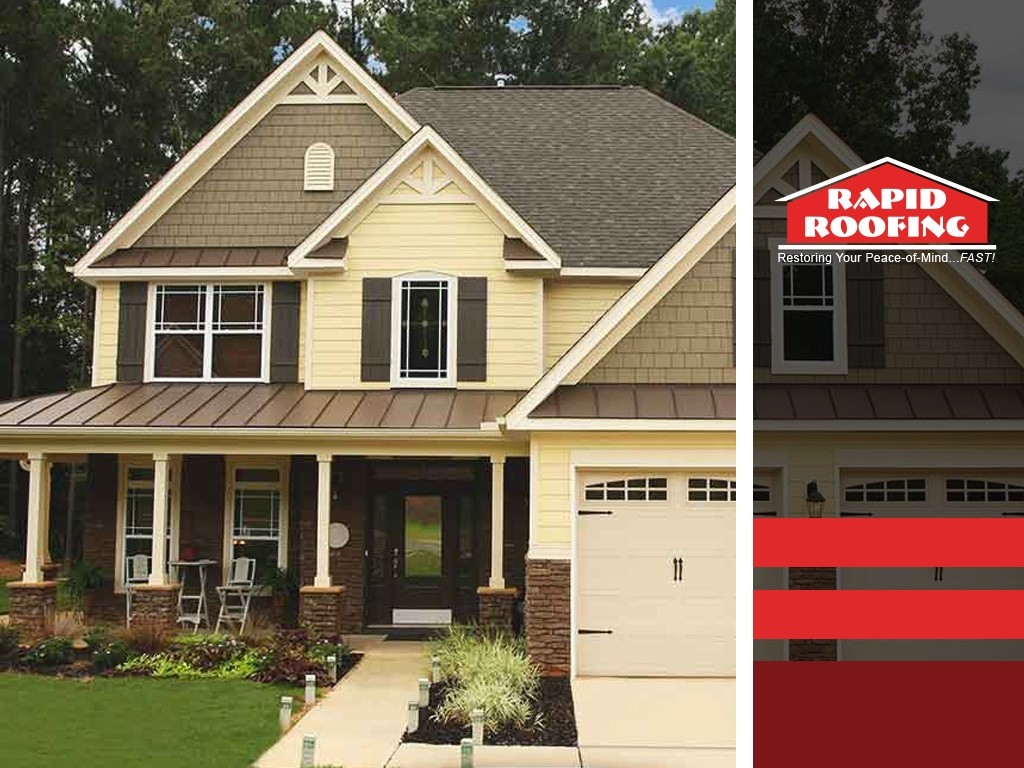

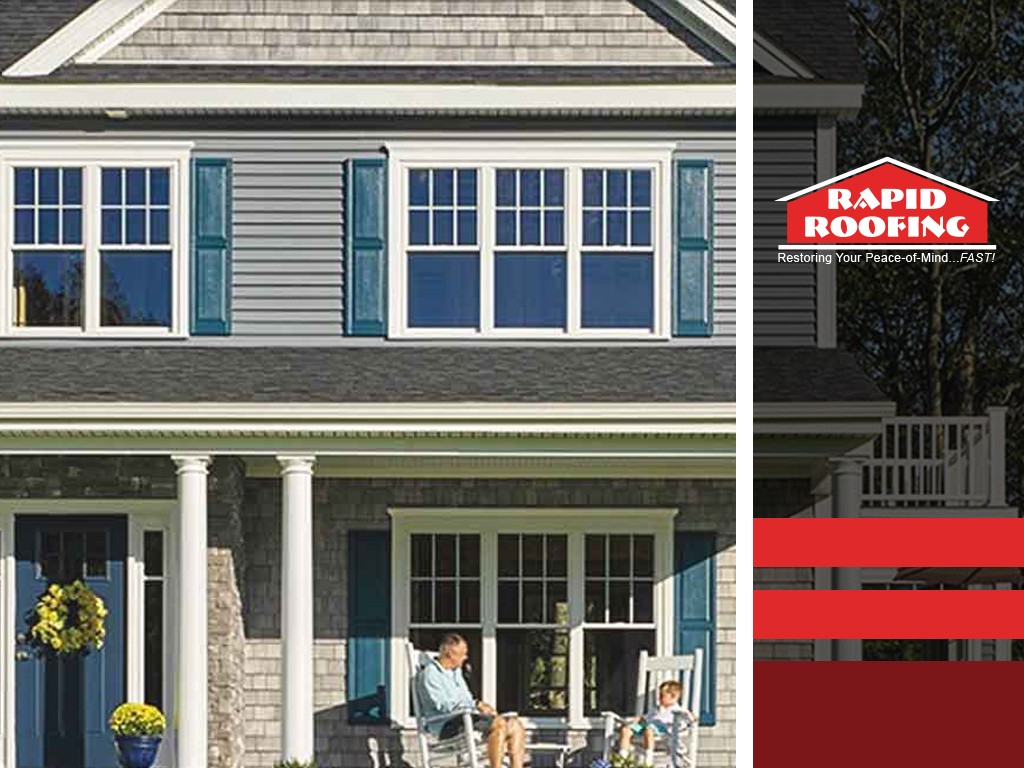
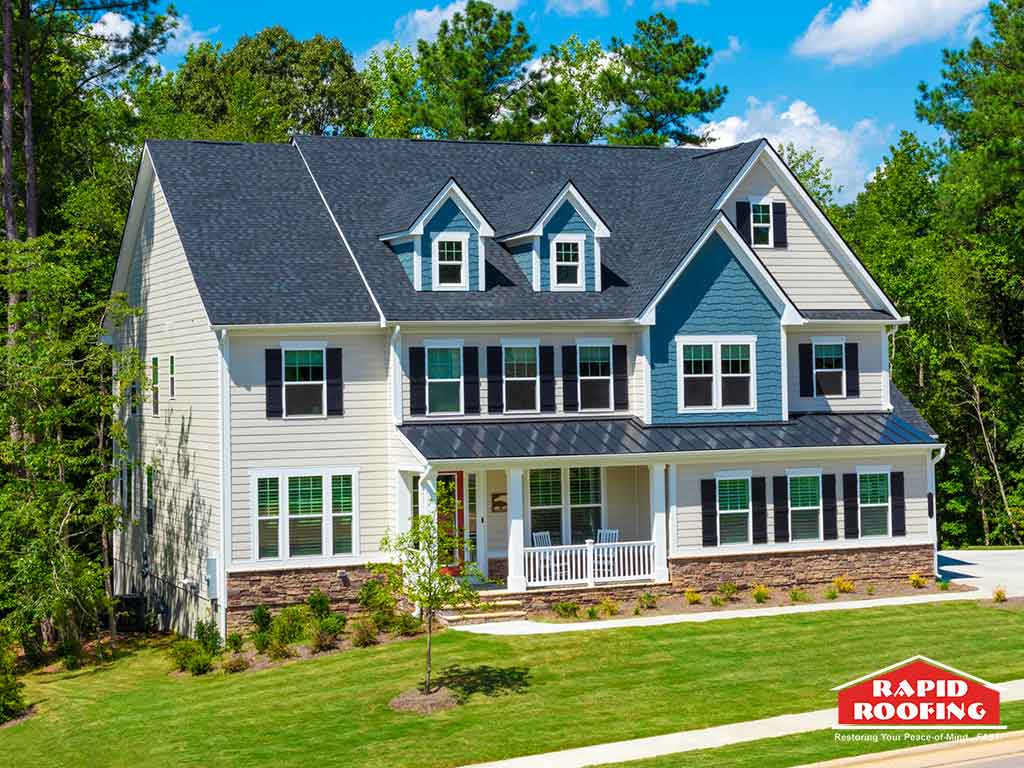
 Residential Roofing
Residential Roofing Storm Damage
Storm Damage Multi-Family Homes
Multi-Family Homes
